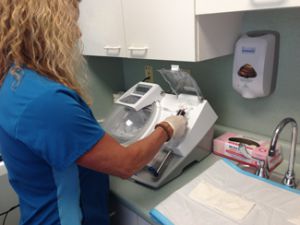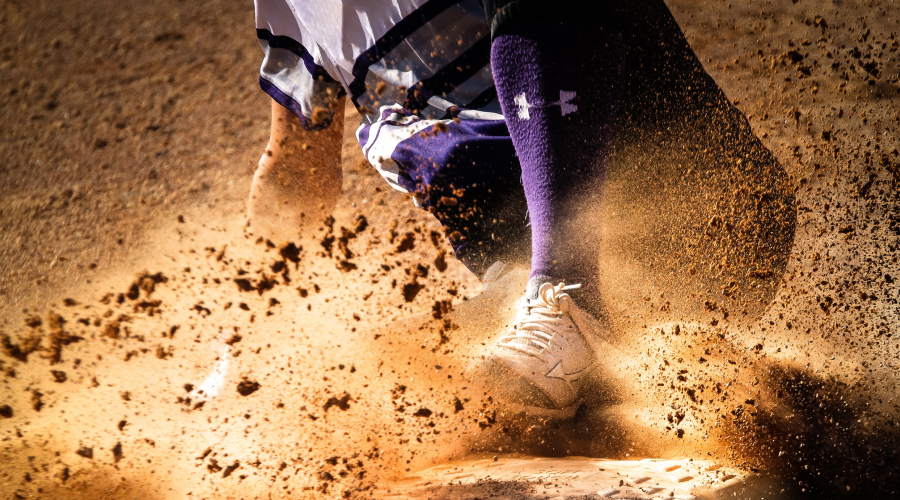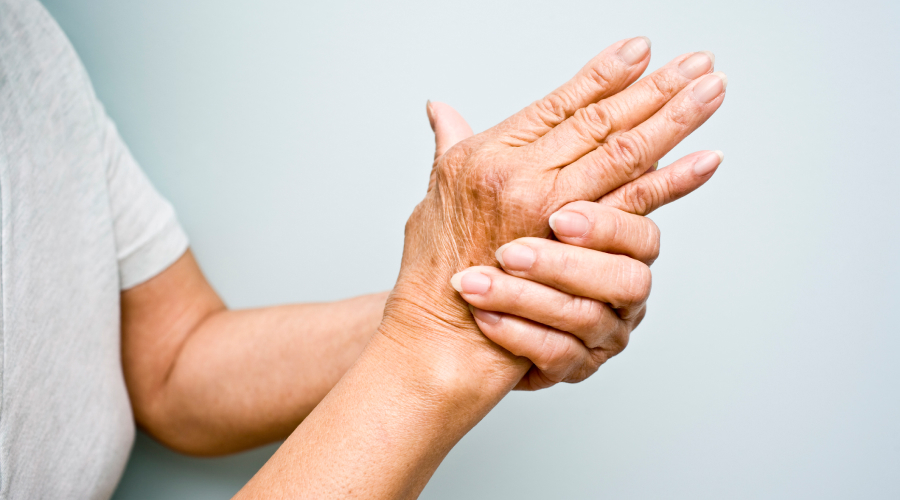 What is Platelet-Rich Plasma Injection (PRP)?
What is Platelet-Rich Plasma Injection (PRP)?
Platelet-rich plasma (PRP) refers to a concentration of platelets created from one’s own blood sample. The blood is typically drawn from the arm and injected into the injured area in an attempt to stimulate healing. The 60cc blood collection is placed in a centrifuge which separates the blood components and allows a physician to isolate and increase the concentration of platelets.
Platelets are thought to be beneficial in the treatment of numerous orthopaedic conditions including tendinitis, partial tendon tearing and to aid in the treatment of osteoarthritis. Platelets contain growth factors that act locally on tissues to stimulate healing and encourage cells in the body to
migrate to the injured area.
The PRP injection is administered under the guidance of ultrasound to improve accuracy and maximize results. This may be temporarily painful but side effects are uncommon because PRP is derived from a patient’s own blood. In order to prepare for this procedure, please stop taking any non-steroidal inflammatory medication such as ibuprofen (Motrin or Advil), naproxyn (Aleve), and aspirin seven days prior to the injection. Also, to aid in the collection of blood, please drink at least 16 ounces of WATER (not Gatorade or other sugary drinks, and avoid diuretics such as caffeine) prior to the injection.
Post-injection Management and Therapy
You may experience temporary numbness in the area being treated for four to six hours following the procedure. Usual responses to PRP injection include pain at the injection site. You may ice ten minutes every three to four hours as needed. You may also take Tylenol. Do not use non-steroidal anti-inflammatories for six weeks. Please refrain from strenuous activity.
Rehabilitation is an important part of the recovery process following PRP injection. You will be evaluated by a physical therapist three to five days
following the procedure, and prescribed exercises to be completed three times daily in order to progressively increase tolerance to regular activity. You may also continue the routine exercise of uninjured parts of your body. Your program will be progressed to include strengthening and endurance exercises, in addition to dynamic advanced therapeutic activities to improve neuromuscular control. Individuals are progressed
according to age, health status, injury severity and symptom profile. The results and recovery process will vary for each individual and the physician and therapist will determine a protocol that will best meet your needs.
If you have any questions, complications or concerns, please call 603-775-7575.


